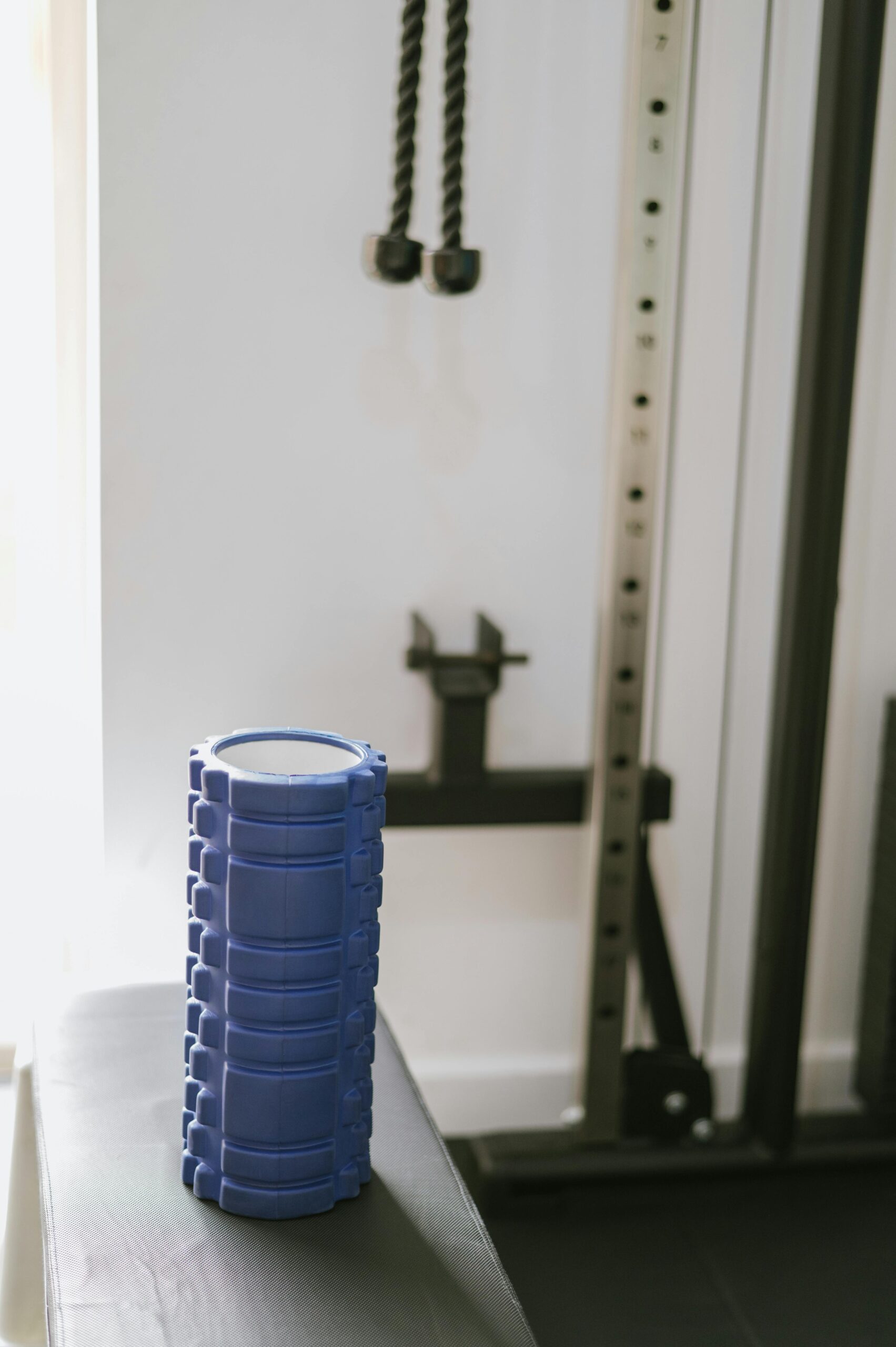Introduction to Active Recovery
Active recovery methods like foam rolling and stretching have gained significant traction among fitness enthusiasts and athletes alike for their role in enhancing post-exercise recovery. These techniques focus on engaging the muscles gently following intense physical activity to promote circulation, reduce muscle soreness, and improve flexibility. Unlike passive rest, active recovery facilitates the removal of metabolic waste and encourages tissue repair, which is essential for sustained athletic performance and injury prevention. This article delves into the science and practice of foam rolling and stretching as effective active recovery tools, exploring the benefits, proper techniques, timing considerations, and how they fit into a balanced training routine.
The Science Behind Active Recovery
Active recovery operates on the principle that low-intensity movements facilitate blood flow and help transport nutrients to muscles more efficiently than complete rest. Foam rolling, or self-myofascial release, targets fascia—the connective tissue surrounding muscles—helping to break down adhesions and improve tissue elasticity. Stretching, particularly dynamic and static forms, contributes by elongating muscles and tendons, enhancing flexibility and reducing stiffness. Both methods stimulate mechanoreceptors that can alleviate muscle tension and modulate pain signals, aiding in faster recovery from microtraumas induced by exercise.
Foam Rolling: Technique and Benefits
Foam rolling involves using body weight to apply pressure to specific muscle groups with a cylindrical foam roller. This pressure helps release knots and trigger points, improving muscle range of motion and decreasing soreness. Proper technique is crucial; rolling too quickly or with excessive force can exacerbate discomfort or cause bruising. Ideally, sessions last 1-2 minutes per muscle group, focusing on tender areas with slow, controlled movements. Benefits include improved blood circulation, decreased muscle tightness, and enhanced neuromuscular function. Additionally, foam rolling pre- and post-exercise may reduce delayed onset muscle soreness (DOMS), speeding up the ability to train consistently.
Stretching: Maximizing Flexibility and Recovery
Stretching complements foam rolling by increasing muscle length and joint range of motion. Dynamic stretching, performed with controlled movement, is excellent as part of a warm-up or active recovery session, preparing muscles for activity without overstressing them. Static stretching, held for 20-60 seconds per muscle, is typically used post-exercise to promote relaxation and elongate muscle fibers. It helps reduce muscle tension and the risk of injury by gradually improving flexibility over time. Incorporating a balanced regimen of both dynamic and static stretches ensures muscles maintain optimal elasticity while minimizing stiffness after strenuous workouts.
Timing and Integration in Training Routines
The effectiveness of foam rolling and stretching depends largely on when and how these techniques are incorporated into training. Foam rolling is beneficial both before workouts—to warm up muscles and increase mobility—and after workouts to assist recovery. Stretching, meanwhile, should generally focus on dynamic forms before activity and static after, supporting movement quality and muscle relaxation respectively. Combining these methods consistently within a weekly routine can help athletes avoid plateaus by promoting muscle health, reducing injury risk, and maintaining performance longevity.
Practical Tips for Optimizing Active Recovery
To maximize the benefits of active recovery practices, consistency and technique refinement are key. Starting with lighter pressure during foam rolling and gradually increasing intensity helps avoid tissue damage. Pairing foam rolling with targeted stretches can amplify recovery effects. Additionally, paying attention to problematic muscle groups that feel tight or sore can guide more focused recovery efforts. Active recovery should be viewed as an integral part of fitness rather than an optional add-on, supporting overall progress and resilience. Hydration and proper nutrition further complement these modalities, ensuring muscles receive the resources needed for effective repair.
Conclusion
Active recovery through foam rolling and stretching plays a vital role in enhancing muscle repair, flexibility, and performance sustainability. By promoting blood flow, reducing muscle tightness, and increasing range of motion, these methods address key factors associated with post-exercise soreness and injury prevention. Integrating foam rolling and both dynamic and static stretching into a training regimen creates a comprehensive approach to recovery that supports long-term athletic goals. Mastering the timing and techniques ensures these tools provide maximum benefit. Embracing active recovery not only accelerates healing but also fosters a deeper body awareness that contributes to smarter, safer workouts and consistent progression.
